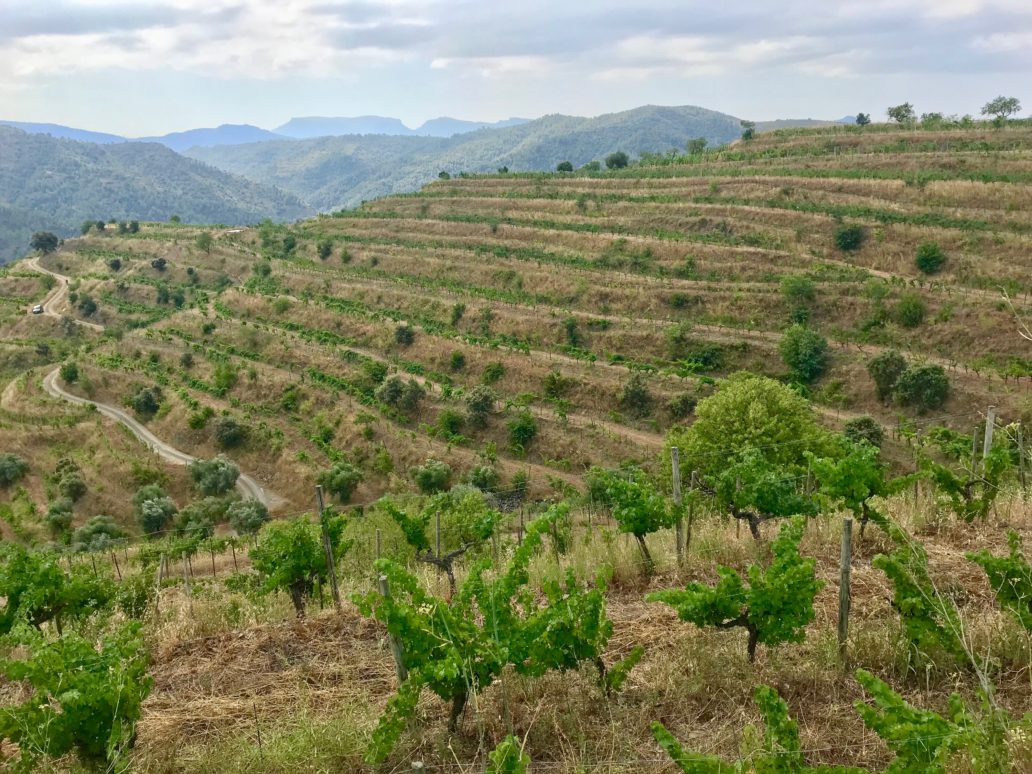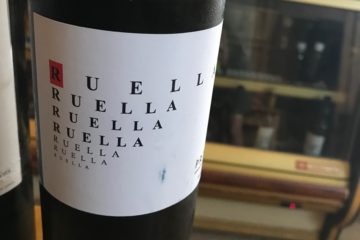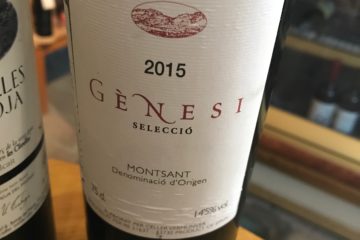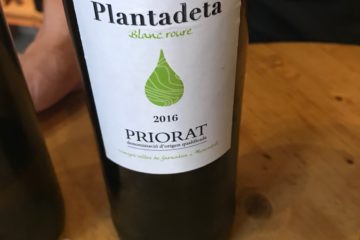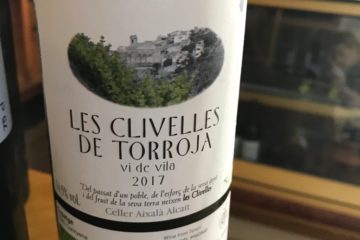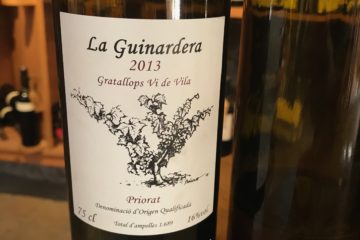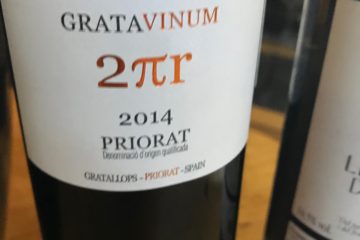Priorat, Spain
Where is Priorat?
Only two hours from Barcelona, the Priorat is an easy and tranquil getaway from the busy city. Ascending high into the Priorat from the coast below, you are transported into a green array of twisting mountain vineyards and vegetation. Soon, the Montsant Cliffs rise to greet you as they watch over the region.
Like Galicia, Priorat owes its terrain to the ancient Romans who started growing wine in the volcanic slate soils more than 2,000 years ago. Since then, the area and its winemaking have experienced many tumultuous ups and downs. This lasted from the 12th century when the first Carthusian Monastery was established, to the 18th century when it experienced its most prosperous period.
History of Priorat
During the 18th century, the Priorat exported large quantities of wine and schnapps, the latter drunk alone and also added to bulk wine to preserve it. The U.K., France and the Netherlands were the primary recipients, especially as France was upended by phylloxera. Unfortunately, this lucrative foreign demand didn’t last forever. Highs and lows continued thanks to both civil and foreign wars, phylloxera and nagging issues of quality. Many efforts were made to save the once highly revered wine region including new regulations, the rise and fall of cooperatives and an official Priorat Denomination of Origin. Despite valiant efforts, this remote area fell victim to continued wars, fraud and depopulation.
Finally in 1979, hailing from a long lineage of French winemakers, René Barbier and friends arrived in Gratallops via Rioja, to replant and re-envision the fate of Priorat wine. Barbier carefully cultivated Grenache and Carignan along with Cabernet Sauvignon and Syrah, slowly expanding landholdings when possible. Ten years later in 1989, they made their first vintage of Clos Mogador which was released in 1991. Accolades followed soon thereafter and a renewed interest and respect for the Priorat was born. The present day success and defining characteristics like single vineyard winemaking and DOQ (Denomination of Quality) status trace back to the grit and determination of these ambitious winemakers.
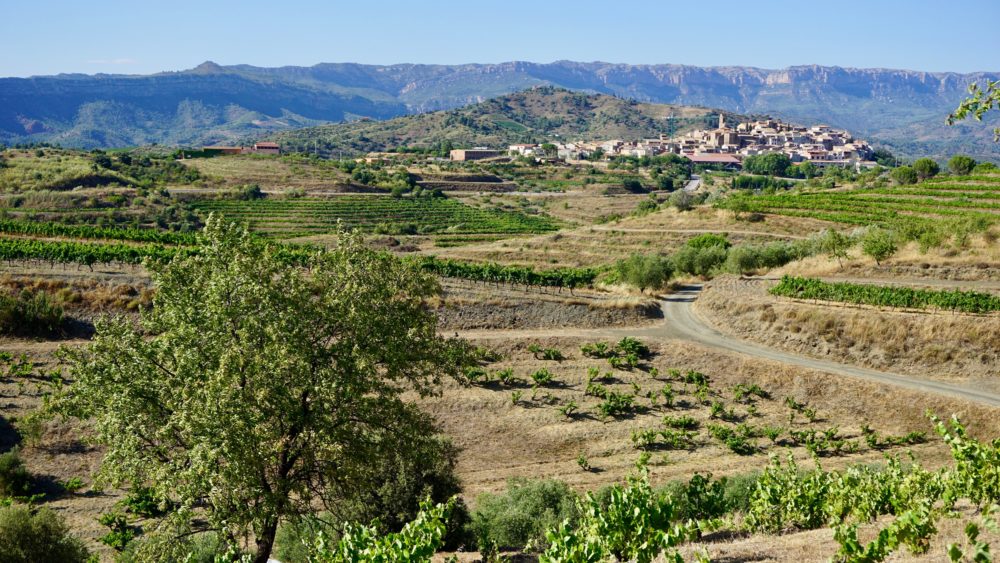
Priorat Wine Towns
Gratallops
A beautiful and historic town, Gratallops is the perfect base for tasting and enjoying the Priorat. You can stay in town or right outside at nearby hotels. Many top wineries are based here as well as restaurants and wine shops. I was fortunate to taste with Rene IV at Clos Mogador and highly recommend booking a visit to tour their cellar and vineyards. The finesse and character of their wines is uncanny. The intense stress and co-mingling of vines amongst olive trees, fruit trees and aromatic herbs creates true terroir. They are most renowned for their Grenache and Carignan.
A boutique cellar also worth visiting is that of Devinissi. Their range of very small production old vine Grenache, Carignan and red blends with Cabernet and Syrah represent a spectrum of what this ancient region can offer. They also make 600 bottles of a delicious white from Pedro Ximenez and White Grenache grapes. Quality not quantity is a major theme in Priorat, which can be seen while touring Devinissi’s old vineyards of sparsely planted vines and enormous plant biodiversity.
Another in town cellar to visit would be organically certified Cellar Ripoll Sans. They are one of the rare single varietal Carignan producers amongst many other top whites and reds. While not typically open to the public, Alvaro Palacios is another pioneer producing top wines, including his famed L’Ermita Grenache. If you are short on time and want to taste a wide array of producers, I recommend stopping by Vinitería bonVlue wine shop in downtown Gratallops. I was able to taste many small production bottles and learn a ton from the friendly owner. Once you’ve picked your favorite you can pick up a well-priced bottle or two to go.
Torroja
Venture a bit farther north and you can visit the historical Cal Compote to sleep, eat and drink their biodynamic Terroir Al Limit wines, helmed by Dominik Huber. They’re also producing two other lines and doing some very interesting experimentations. In town, you can easily walk to other wineries to sample their wines and enjoy the incredible landscapes that unfold before you.
Falset
Falset serves as one of the gateways into the Priorat. Close to the train station (Marça – Falset) and home to numerous restaurants and hotels, it makes for a convenient base for your trip. It may also be the only place with a bank and grocery store in the area. Head to the wine bar Calaix de Sastre to taste local wines and enjoy some snacks. Leaving Falset and heading north towards Gratallops, you will find Sara Pérez, one of the best female winemakers in the area (and also René Barbier’s wife) at her family’s vineyard, Mas Martinet. I first tasted these organic wines at Raw Wine Berlin and was hooked.
Priorat Today
Since their arrival, the Barbier family including son René IV, have mentored many of the top Priorat producers and created a healthy environment that both respects ancient practices yet always looks for ways to evolve and improve. One example is the 2008 introduction of their skin contact white wine, Nelín. Looking for a more approachable wine to pair with diverse and lighter cuisine, they took a chance on Garnatxa Blanca (White Grenache) and Macabeu (Macabeo). The success of the vintages since then has encouraged them to currently explore introducing indigenous grapes like the rare Trepat Blanc and Xarel-lo, also called Cartoxià.
Priorat Wines
White Wines (Vino Blanco)
Garnacha/Garnatxa blanca (White Grenache) – A golden grape full of stone fruit, herbs and complexity. Full-bodied and a bit viscous, with enough acidity and citrus to level it out. Often found as a single varietal and blended with Macabeu.
Macabeu (Macabeo) – Notably less flavorful and bold as grenache, but with great acidity to help stiffen up blends. Delicate floral notes are typically displayed.
Escanyavella – Meaning “old lady strangler,” is a thick skinned ancient grape often providing tannic and acidic power in blends, but hard to find on its own. Said to induce coughing in the old women who harvested them.
Pedro Ximinez – A light, citrusy white used in blends and in other parts of Spain, to make sherry.
Red Wine (Vino Tinto/Negre)
Garnacha/Garnatxa (Grenache) – Fruit-forward, herbal and spicy, it does well as a single varietal and is often blended with small to equal amounts of Carignan. What distinguishes Priorat from the rest of Spain’s Garnacha, is the balancing acidity and mineral character coming from the unique terroir and extremely low yield growing practices. Without this, it can be overly alcoholic, ripe and aggressive.
Cariñena (Carignan) – A late ripening black grape with high tannins and acidity; it’s unlikely to be bottled as a single varietal. Instead, it’s often blended with Grenache or Cabernet Sauvignon and/or Syrah.
Cabernet Sauvignon & Syrah – French varietals originally planted due to demand and perceived superiority, are now grown in much smaller quantities and used to round out blends.
